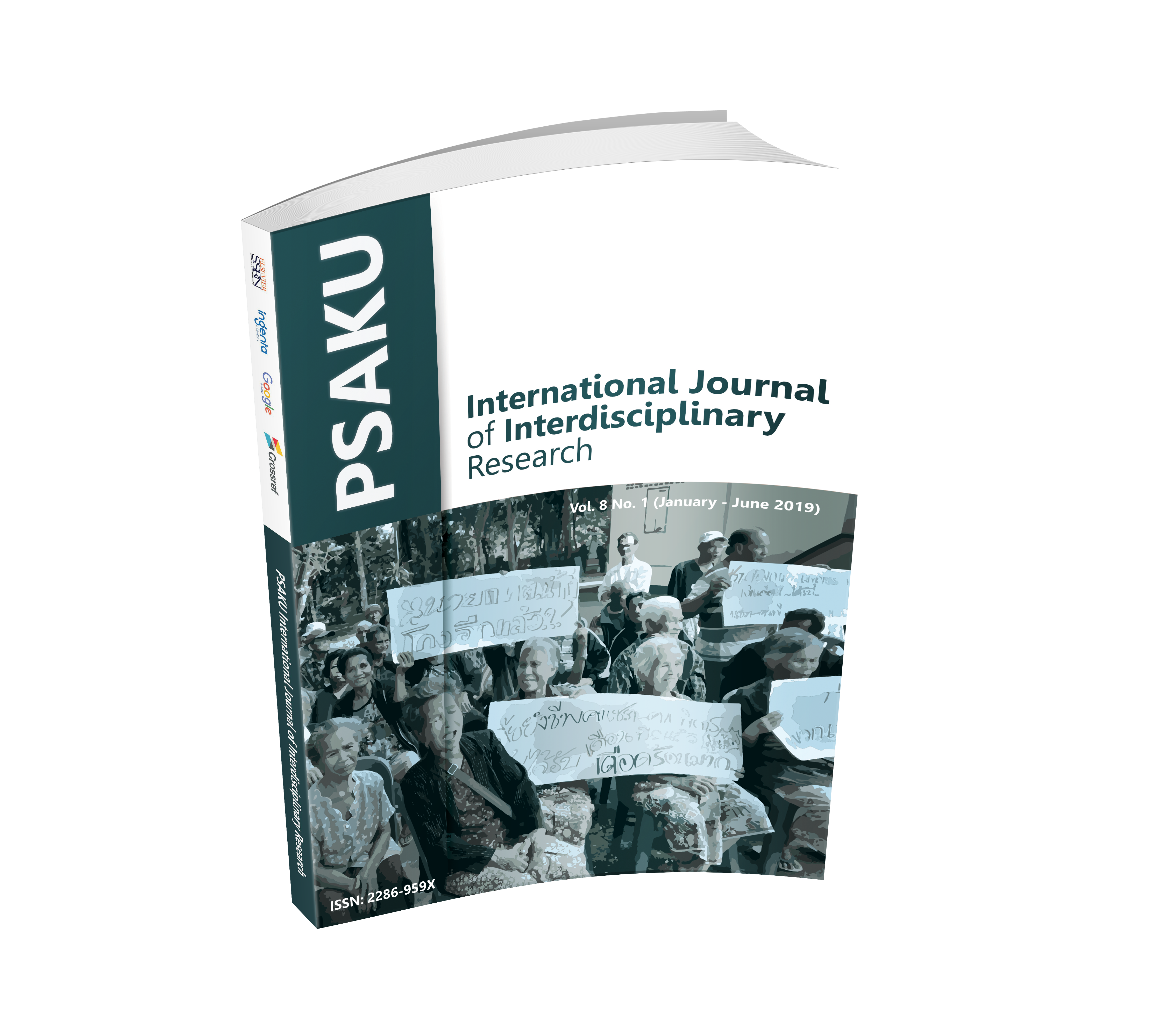Integrating Situation-Based and Simulation-Based Approaches for Teaching Computer Network Design by the Process Mining Technique: Fuzzy Model
Keywords:
Integrating Situation-based, Simulation-based Approaches, Simulation-game, Process Mining Technique, Fuzzy modelAbstract
The objectives of this study were: (1) to measure learning achievement after learning process by using Active Learning and E-contingent Learning for teaching computer network design, (2) to study students’ satisfaction on learning by such both teaching models, and (3) to analyze behaviors of students during learning by the Process Mining Technique (PMT). The study was done on the sampling group of 22 third-year students, majoring Computer Business at the Faculty of Business Administration, Thonburi University. From the study, it could show the Cronbach’s alpha reliability of questionnaires at .85. The data were statistically analyzed for mean, standard deviation, and t-test. The research results revealed as follows: (1) After learning by using such 2 Learning processes for teaching computer network design, the mean score of post-test was statistically significantly higher than that of the pre-test. (2) Students rated their satisfaction on learning by this teaching model at a higher level. (3) Through Process Mining Technique with Fuzzy model, it supported learners with high achievement Participated in activities at 26.80% while moderate one at 58.63 % and the low one at 14.57 %. The high and moderate ones had repeated learning behavior to case study practices up to 3,424 times out of 4,008, at 85.4 %. Such groups took continuous training in the practices at an average of 9.7 hours. Applying active learning, E-contingent learning management models, and Process Mining Technique could improve learners. Instructors could clearly understand learners’ behavior and suitably adjust instructing activities to better fit the learners’ behavior.
Downloads












.png)


